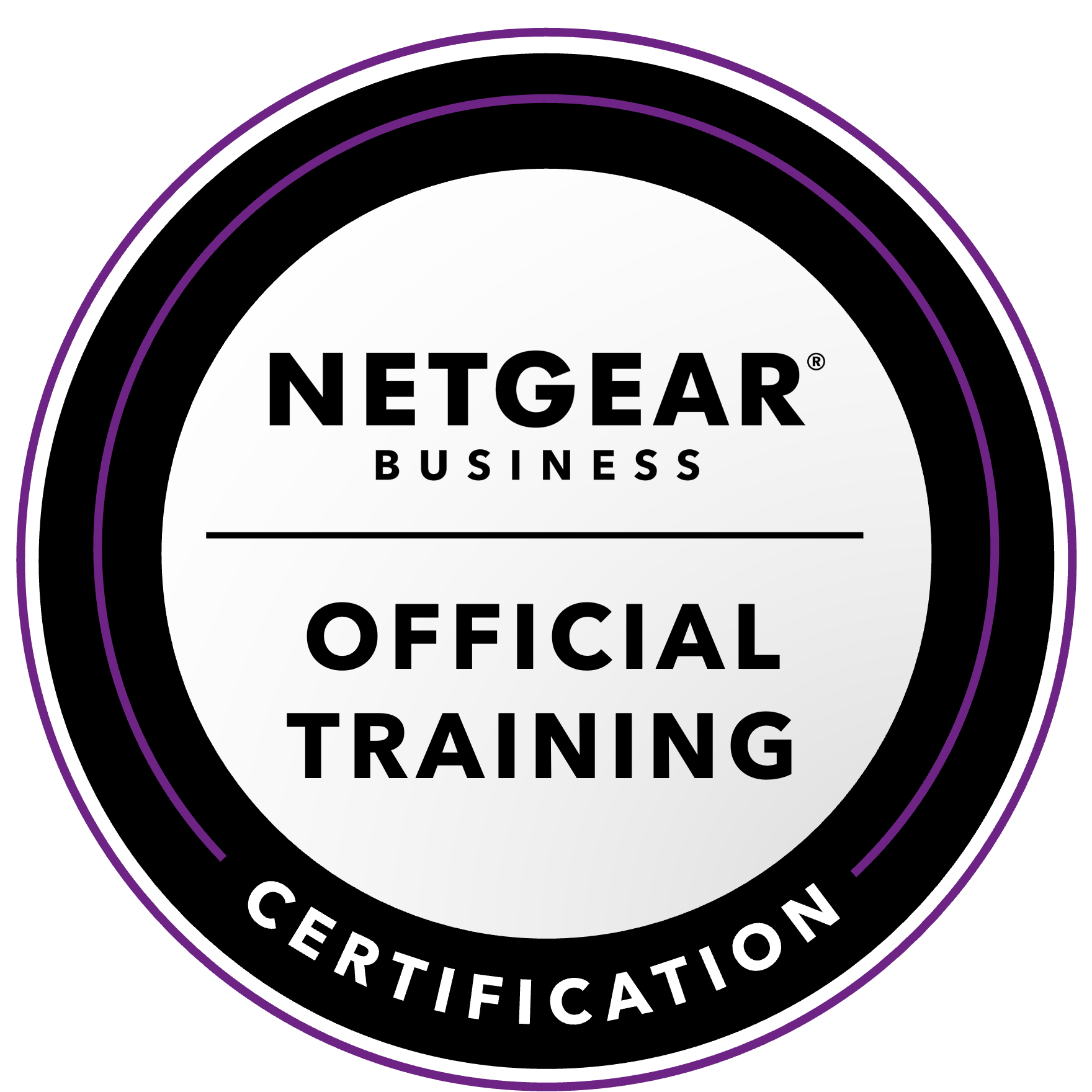NETGEAR is aware of a growing number of phone and online scams. To learn how to stay safe click here.
Forum Discussion
torstein_osborg
Apr 23, 2016Aspirant
ReadyNAS Ultra 6 Plus
Hi
I got a SMART feedbak from my NAS regarding one of 5 disks, so i will change this disk, and probably all of them
Error:
Reallocated sector count has increased in the last day.
Disk 5:
Previous count: 0
Current count: 1
Growing SMART errors indicate a disk that may fail soon. If the errors continue to increase, you should be prepared to replace the disk.
I have 5 pcs disk type Western Digital Caviar® Black 2TB wich is now 4-5 years old.
I will ask youforumers to help me choose type of disks, what do you recommend?
I am keen to use bigger disks than 2TB but can i do that?
If it is possible to change to a bigger disk, can i hot-swap one by one or do i need to do some config?
This is my first disk replacement, so i am a bit nervous, (i have clooud backup, but prefer not to download all my TB's)
Thanks up front!
1 Reply
Replies have been turned off for this discussion
- StephenBGuru - Experienced User
I suggest you look at the WDC Red Pro series. The largest size you should use with your NAS is 4 TB, unless you are prepared to switch to OS6. 5x4TB would give you a 16 TB volume size, which is about the max for your firmware. You could also add a 6th disk for dual-redundancy (RAID-6) - though that will hurt write performance some.
If you are replacing them all, then one option is to back up the data, install all the new disks at once, and power up. That will do a fresh factory install. Then reconfigure, reinstall any add-add-ons, and recover the data from backup. You might consider switching to OS6 if you are taking this path.
The other approach is to replace one disk at a time. You do that with the NAS running - waiting for each disk to fully resync before starting the next. You won't see any volume increase until the 2nd disk is resynced. One nuance - there is an 8 TiB limit to volume growth over its lifetime. If your initial install was 5x2TB, then you won't hit this. But if your initial install was 1x2TB (and you then added the disks one at a time), then you are already near this limit. If you do hit it, then the factory reset approach is your best option,
One other disadvantage is that the one-at-a-time approach does stress the disks - every sector of every disk is either read or written every resync. If disks are marginal, then this can trigger multiple disk failures. I think the odds are low in your case, but that can/does happen sometimes.
FWIW, one reallocated sector isn't that concerning. Though sometimes they build very quickly. It would be a good idea to run regular volume scrubs (and put a backup plan in place if you don't have one right now).
Related Content
NETGEAR Academy

Boost your skills with the Netgear Academy - Get trained, certified and stay ahead with the latest Netgear technology!
Join Us!
